How To Remove Earwax Safely: 16 Easy Home Remedies
Keep your ear canal clean and learn effective remedies to remove earwax.
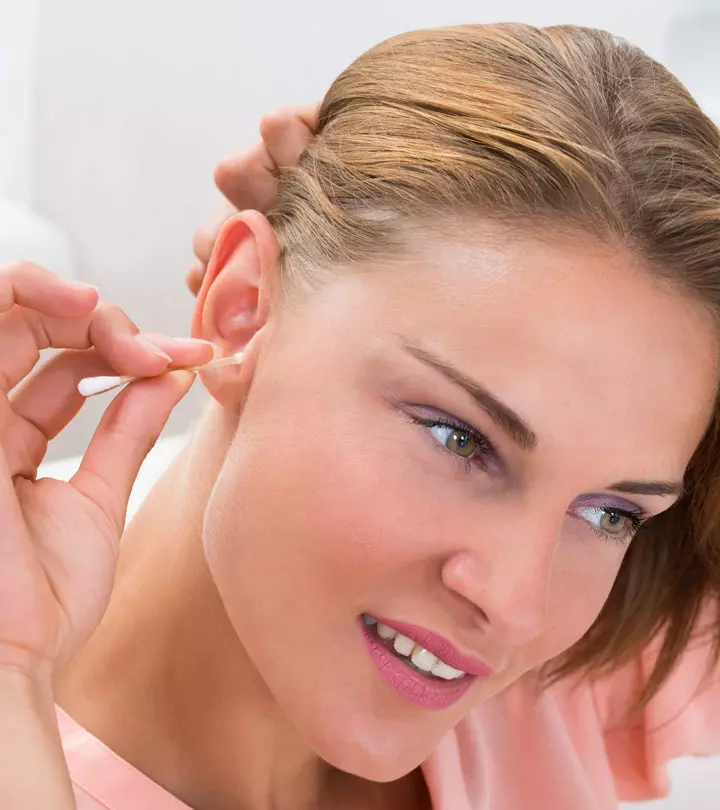
Image: shutter-stock
The human body produces earwax, a natural substance, to trap particles and keep them out of the system. However, earwax accumulation can lead to discomfort, a feeling of stuffiness in the ears, and reduced hearing. That’s why people often look for DIY home remedies to remove earwax safely. It would be best to tackle earwax as soon as you identify that it has built up to avoid complications. Knowing how to do it right can help you get all of it out instead of pushing the earwax further back in.
Read on to know more about this common issue and the simple tips you can apply.
In This Article
What Is Earwax Build-up?
Earwax or cerumen is a natural substance produced as part of the body’s defense mechanism against bacteria and other foreign particles. It acts as a natural lubricant that traps the dirt while reducing the growth of bacteria. Earwax removal should not be done on a regular basis but only as and when required. It is a natural protection for the inner ear and eardrum (1).
According to a survey of symptoms completed by 489 patients who attended the Trafford Ear Care Service, Manchester in 2025, most people felt much better after earwax removal. After removal, more than 83% (n = 409) reported hearing difficulty to be somewhat or much better. Therefore, earwax needs to be removed if it affects your hearing ability or causes discomfort.

Hearing Improvement After Wax Removal
Source: Ear wax management in primary care: what the busy GP needs to know Did You Know?
Did You Know?Key Takeaways
- Earwax is a natural substance that prevents bacteria and dust from entering your ears.
- The buildup of earwax may lead to a reduced range of hearing and uncomfortable stuffiness.
- It is advised to clean your ears using fluids like oils or saline solution instead of using earbuds that may lodge the wax further inside your ear.
- Eating foods rich in omega 3-fatty acids may help reduce the buildup of earwax.
How To Get Rid Of Earwax
Many times, since the earwax hardens, it becomes difficult for it to fall off on its own. Softer wax tends to come off easily. Hence, most remedies for the removal of earwax will try to soften it to bring it out towards the exterior portion of the ear.
How To Remove Earwax Easily – 16 Safe Remedies
- Hydrogen Peroxide
- Coconut Oil
- Alcohol
- Almond Oil
- Baby Oil
- Baking Soda
- Saline Water
- Apple Cider Vinegar
- Olive Oil
- Garlic Oil
- Mullein Oil
- Paraffin Oil
- Glycerin
- Warm Water
- Omega-3 Fatty Acids
- Mustard Oil
1. Clean Ears With Hydrogen Peroxide
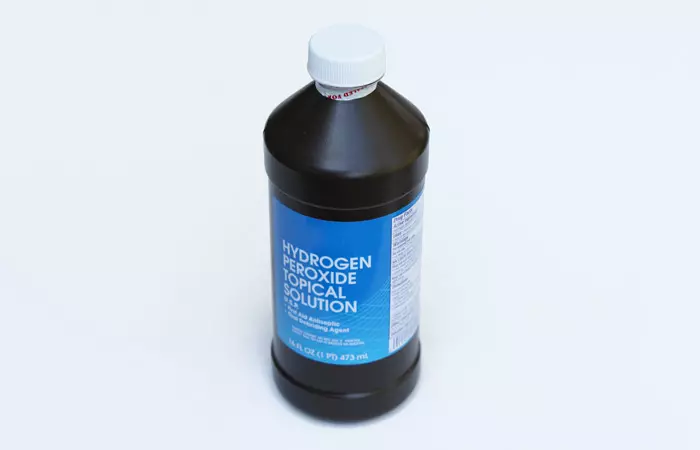
You Will Need
- 3% hydrogen peroxide solution
- Water
- Cotton ball
What You Have To Do
- Mix equal parts of hydrogen peroxide and water to make a solution.
- Tilt your head sideways, with your wax-filled ear facing the ceiling. Using the cotton ball, squeeze some of this solution in your blocked ear.
- Let it settle for some time. Now, tilt your head towards the floor so that the extra solution can trickle out.
How Often You Should Do This
A single use of this remedy should give relief from the blocked ear.
Why This Works
Even though it has a chemical name, hydrogen peroxide is absolutely natural. Using hydrogen peroxide for earwax removal is a popular method, as it is merely water reinforced with additional oxygen. All living organisms produce hydrogen peroxide naturally as a natural immune response to infection. Hydrogen peroxide bought from the medical store is chemically produced by passing compressed gas through a water solution. It can be used to remove earwax. It is also a disinfectant that will keep ear infections at bay (2).
Note: Some people may experience mild irritation. If this happens, stop using hydrogen peroxide and consult a healthcare professional.
2. Coconut Oil For Earwax
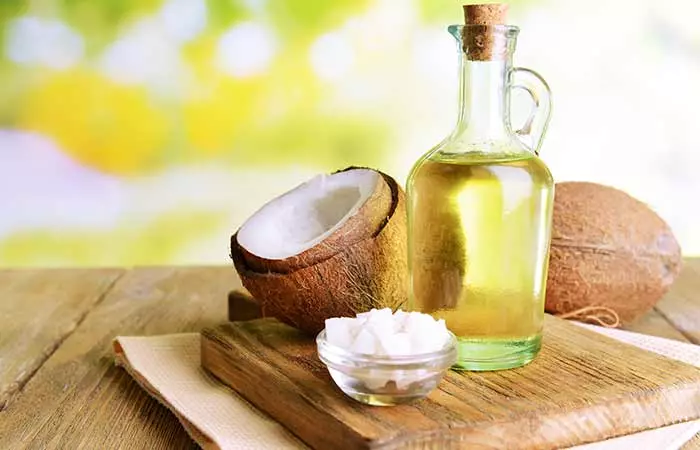
You Will Need
- 1 tablespoon coconut oil
- Dropper
What You Have To Do
- Lightly warm up the oil and using the dropper, pour a few drops slowly in the affected ear.
- Let it sit for 10 minutes. Now, tilt your head to remove the melted ear wax.
How Often You Should Do This
Repeat this process if required.
Why This Works
Coconut oil is very useful to get rid of earwax. It contains medium-chain fatty acids similar to sebum, and hence can be used without any worry. As it is also natural and effective against microbes, it lowers the risk of any infection. It may actually kill a wide range of harmful bacteria that accumulate due to the wax build-up (3), (4).
3. Clean Ears With Alcohol
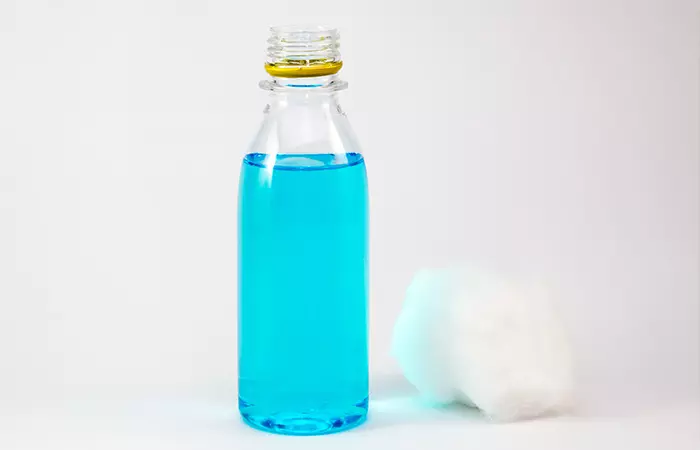
You Will Need
- 1 part rubbing alcohol
- 1 part white vinegar
What You Have To Do
Mix the two ingredients and flush your ear with this solution to get rid of earwax build-up.
How Often You Should Do This
Repeat this every few weeks to keep your ears clean and infection-free.
Why This Works
A mixture of vinegar and rubbing alcohol helps dissolve the earwax. Alcohol serves as a drying agent and evaporates when the temperatures are low (5). Vinegar has astringent properties and fights microbial infections (6).
4. Almond Oil For Ear Wax
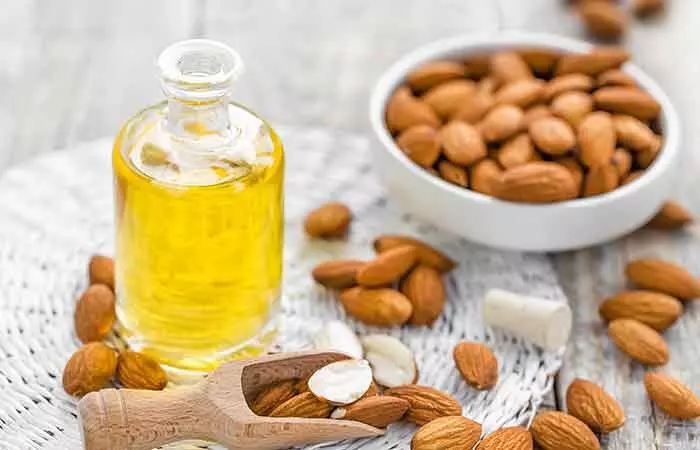
You Will Need
- Almond oil
- Dropper
What You Have To Do
Fill a dropper with almond oil at room temperature. Practice the technique of dropping only one or two small drops before really trying this out.
How Often You Should Do This
Repeat this as and when required.
Why This Works
Almond oil is another lubricant that assists in the elimination of earwax
. The almond oil softens the wax and makes it easy to remove (7).
5. Clean Ears With Baby Oil
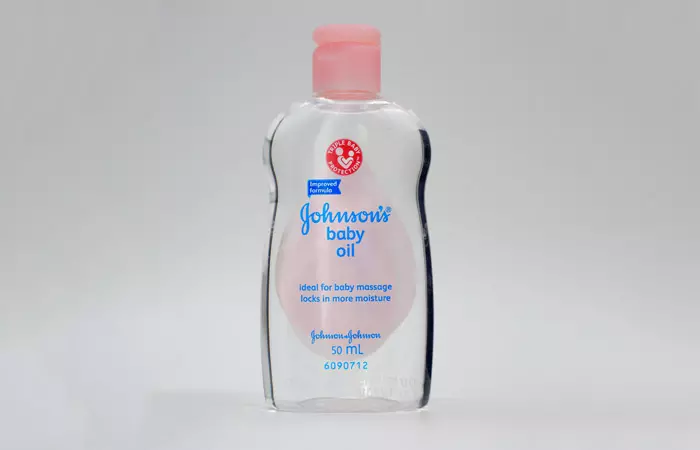
You Will Need
- Baby oil
- Dropper
- Cotton ball
What You Have To Do
- Put a few drops of the baby oil with a dropper or a cotton ball into the blocked ear.
- Block the opening of the ear by using another cotton ball. This way, excess oil will not ooze out. Remove the cotton ball from the ear after some time.
How Often You Should Do This
This home remedy can be used every few weeks.
Why This Works
Baby oil is a mineral oil with the addition of a mild, soothing fragrance. Mineral oil is a by-product of petroleum. It is an effective moisturizer and lubricant and softens earwax in no time, making it easy to remove (8).
6. Clean Ears With Baking Soda
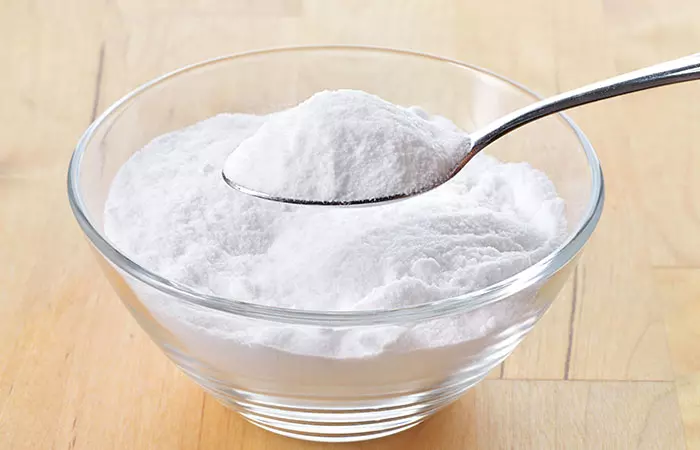
You Will Need
- 1/4 teaspoon baking soda
- 2 teaspoons water
- Dropper
- Soft cloth
What You Have To Do
- Mix the baking soda properly in the water.
- Pour a few drops into the affected ear with the dropper. Let it stay in there for a few minutes. Then, tilt your head to remove the melted earwax.
- Clean thoroughly with a soft cloth.
How Often You Should Do This
You can repeat this home remedy after a day or two, if required.
Why This Works
Baking soda is a readily available natural therapy for earwax. It is an antiseptic that will also soften the earwax and prevents its future build-up (9), (10).
 Trivia
Trivia7. Earwax Removal With Saline Water
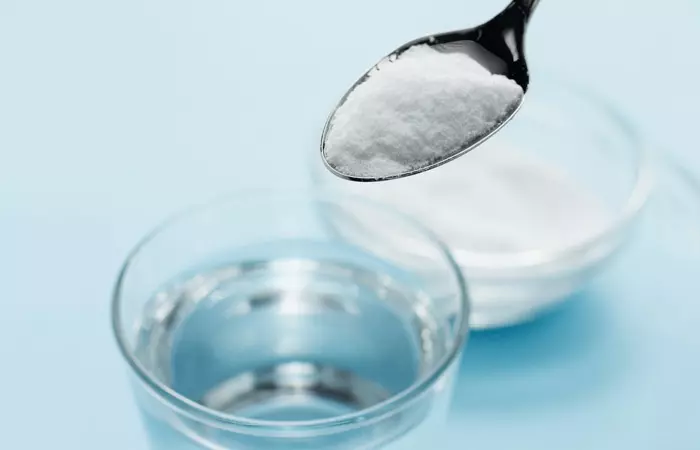
You Will Need
- 1 tablespoon salt
- ½ cup warm water
- Cotton ball
What You Have To Do
- Mix the salt in the warm water. Let it dissolve completely.
- Soak the cotton ball in this saline solution. Tilt your head so that the blocked ear faces the ceiling. Now, squeeze a few drops of the water into the ear.
- Wait for a while till the water has penetrated into the ear canal. Do not change your position.
- After a few minutes, tilt your head and bring your blocked ear towards the floor so that you are able to drain out the saline water completely.
How Often You Should Do This
Repeat as required. The hardened wax should come out quite easily.
Why This Works
Saline water dissolves the earwax as efficiently as strong ear drops that are recommended by doctors (11).
8. Clean Ears With Apple Cider Vinegar

You Will Need
- 1 part apple cider vinegar
- 1 part water
What You Have To Do
Mix the ACV and water, and flush out the ear with this solution.
How Often You Should Do This
Repeat this process the next day if any irritation persists.
Why This Works
The antibacterial and antifungal properties of apple cider vinegar come into use to deal with any harmful microbes that may be residing in your ear canal.
The mild acidity of this solution will dissolve the earwax and remove it (12), (13).
9. Olive Oil For Earwax

You Will Need
- Virgin olive oil
- Cotton ball or dropper
What You Have To Do
- Warm up the oil for a few seconds in the microwave.
- Pour warm olive oil with a dropper or a cotton ball as described earlier for coconut oil.
How Often You Should Do This
Repeat for a few days regularly so that the hardened wax gets ultimately dislodged.
Why This Works
Olive oil is very helpful in softening hardened wax in ears. As it is greasy, it acts on the hardened wax and makes it pliable and easy to remove. Some studies have also indicated that virgin olive oil has strong bacteria destroying properties (14).
10. Garlic Oil For Earwax

You Will Need
- 3-4 garlic cloves
- 3 tablespoons olive oil or coconut oil
- Cotton ball
What You Have To Do
- In a small pan, add the oil and a few peeled and crushed garlic cloves.
- Heat the oil till the cloves turn black. Turn off the heat and allow it to cool.
- When the oil is at about the room temperature, remove the cloves and use this oil in your ears.
- Soak a cotton ball, tilt your head sideways and pour a few drops of the oil in the affected ear.
- Rub a little oil around the ear that is paining.
- Wait for a few minutes. Now, tilt your head in the opposite direction and drain.
How Often You Should Do This
For best results, do this at night before going to bed. Repeat the next day if required.
Why This Works
If the ear blockage is accompanied by a lot of pain, using garlic oil is an effective therapy. Garlic contains allicin, which makes it a natural antibiotic. Allicin fights off any inner or middle ear infections and helps fight the pain. The oil will work on the stiff wax, and the garlic will eliminate any lurking infection. In this way, you will be able to combat the pain as well (15).
11. Mullein Oil For Earwax

You Will Need
- A handful of mullein flowers
- ½ cup olive oil
- Cheesecloth
What You Have To Do
- Place the herb flowers in a jar and cover with olive oil. If you are using dried flowers, then seal the jar. If not, cover with a cheesecloth.
- Either heat the oil with the flowers or keep it in the sunlight for a fortnight.
- Strain the oil and store it in a glass bottle in the refrigerator.
- While using, warm the oil by placing the bottle in a warm water bath and then use it.
How Often You Should Do This
Use this remedy once every month for clean ears.
Why This Works
Mullein flowers, if infused in oil, can be helpful to remove earwax. And as they have antibacterial and anti-inflammatory attributes, they will also help fight any infection that may be present (16).
12. Paraffin Oil For Earwax
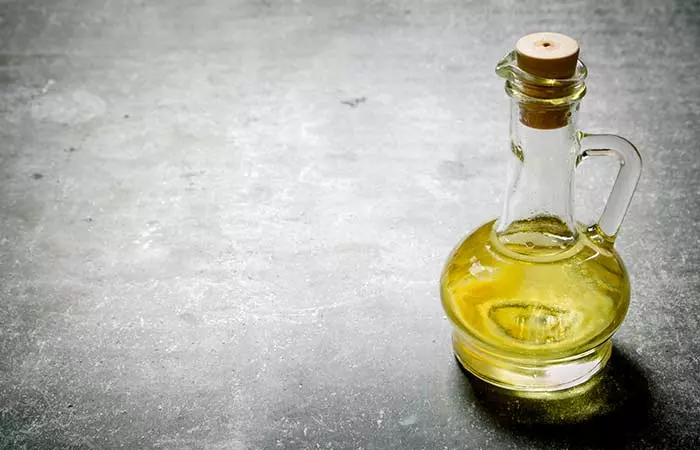
You Will Need
- Paraffin oil
- Dropper
What You Have To Do
- Use warm paraffin oil. Take a dropper and add a few drops of it in the infected ear.
- Then, tilt the head the other way and drain the oil.
- Flush your ear with warm water
How Often You Should Do This
Repeat for a few days to get relief.
Why This Works
The ear canal cleanses itself. But, at times, the accumulation of excess earwax causes discomfort and pain. Paraffin oil softens the earwax and helps in its easy removal (8).
13. Glycerin For Earwax
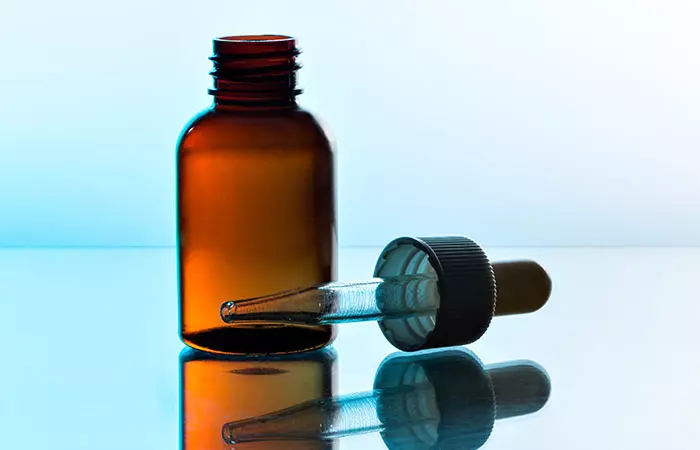
You Will Need
- Glycerin
- Dropper
What You Have To Do
- Using the dropper, pour a few drops of glycerin into the affected ear.
- Let it sit for a couple of minutes. Then, tilt the head to remove the melted earwax.
How Often You Should Do This
Repeat this for a day or two.
Why This Works
Many earwax drops used as softeners have glycerin in them as an active ingredient. Glycerin is moist and an effective lubricant (8). It is also safe to be used at home.
14. Warm Water For Earwax
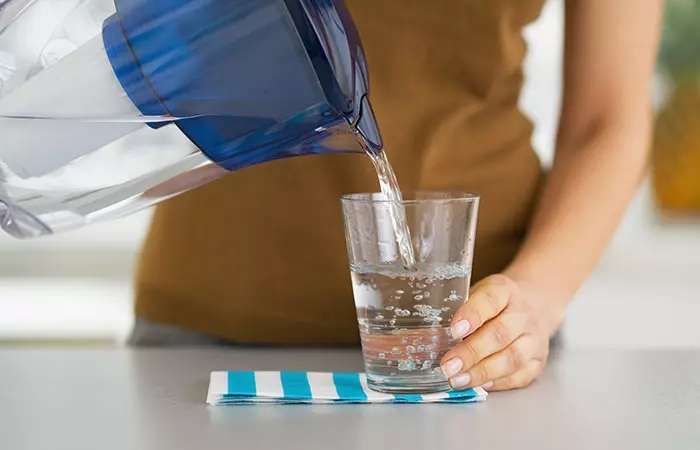
You Will Need
Lukewarm water
What You Have To Do
Flush the ear with lukewarm water to remove excess earwax and maintain daily hygiene.
How Often You Should Do This
Repeat this as and when required.
Why This Works
If you have a recurring issue with earwax build-up, visiting your physician at short notice may be difficult. In such situations, a mild ear flush with lukewarm water should help. Warm water softens the wax and removes other dust, oils, and so on, thereby cleaning the ears thoroughly (8).
15. Omega-3 Fatty Acids

Walnuts, salmon, flax seeds, sardines, mackerel, and avocados are all rich in omega-3-fatty acids. Eating such foods reduces the problem of earwax (17).
16. Mustard Oil For Earwax

You Will Need
1 teaspoon of mustard oil (organic, cold-pressed)
What You Have To Do
- Warm the mustard oil slightly.
- Lie down on your side with the affected ear facing upward.
- Use a clean dropper to put a few drops of warm mustard oil into the ear canal.
- Keep your head tilted for a few minutes to allow the oil to settle.
- Wipe away any extra oil.
Why It Works
Some believe that mustard oil may soften the hard earwax and help remove it easily. Further, its antibacterial and anti-inflammatory properties may help reduce inflammation and combat infections (18).
Earwax build-up can get annoying and can also lead to infections. It is better to include these non-invasive alternative remedies in your regular routine, instead of having to go to the doctor with excruciating ear pain. Listed below are a few frequently asked questions regarding earwax.
Scotty, a YouTuber, recounts a challenging experience with a potential wax blockage. Creatively using a modified bottle to irrigate the ear, he successfully removed substantial wax. He said. “I did it like five times so five of these bottles like squirting at my ear and then after that I wasn’t living in a shell anymore which was amazing so now I’m back I can actually hear and yeah I don’t have the sound of the sea (i).”
The are some effective earwax removal methods that you can safely try at home. However, you must be careful with every step when it comes to anything related to your health. To prevent potential complications, check out some key precautions to keep in mind.
Safety Precautions
By following these safety precautions, you can effectively and safely manage earwax buildup.
- Do not use ear candles as they can cause burns, infections, or even eardrum perforation.
- If using over-the-counter earwax removal products, carefully read and follow the instructions to avoid misuse.
- Avoid inserting sharp objects inside your ear while attempting to remove earwax. They can easily injure the inner part of your ear causing complications.
- Always use clean sterilized tools.
- Clean your ears only when necessary. Cleaning ears can be a pleasant experience, tempting you to overdo it. Resist the urge to unnecessarily pick your ears.
- Seek help if you feel anything out of the ordinary.
Infographic: 7 Remedies To Remove Earwax Easily
Accumulating earwax can be an annoyance. However, removing it by inserting random objects can be unsafe. Worry not. There are a few simple remedies you can use to clear away the wax from your ears, and we have listed them in the infographic below. Take a look.

Illustration: StyleCraze Design Team
Earwax, a natural lubricant the body produces, works as a protective layer that traps dirt and pollutants and prevents bacteria from reaching the inner ear. It generally falls out on its own periodically and therefore you should only use home remedies to remove earwax safely when it is absolutely necessary to get rid of it. A stuffy feeling in the ears, reduced hearing, or hardening of earwax are some situations that call for removal methods using gentle ingredients like hydrogen peroxide, coconut oil, warm water, baking soda, or glycerine.
Frequently Asked Questions
What causes a wax build-up in the ears?
Earwax is produced by the body to protect the outer and inner ears from germs, dust, and small objects that may enter the ear canals. It also protects the skin lining the ear canals from excess water. When the glands produce excessive wax, it starts piling up and hardening. Normal ear cleaning methods will only push the wax in further into the ear and cause more complications (21).
What are the symptoms of earwax build-up?
It is possible that your ear canal is blocked by earwax if you experience any of the following symptoms (19):
• Unbearable itching deep inside the ear
• A feeling of fullness or a blocked sensation
• Vertigo
• A ringing sound in the ear
• A fluid-like discharge from the inner ear
• A diminished hearing capacity
• Pain in the ear (1, 21)
How often should you do an earwax extraction?
When you feel experience any of the above-mentioned symptoms and if the earwax is causing irritation, you can go ahead with the earwax removal process. In an ideal situation, there should be no need to clean the earwax. But due to the pollution and unwanted irritants in the atmosphere, earwax build-up has become a common ailment.
Will impacted ear wax fix itself?
No, impacted ear wax may not fix itself. You may have to consult a doctor and undergo the necessary treatment.
Do hot showers help earwax?
Yes, hot showers do help loosen the earwax in a non-chemical way. You may direct the water into your ears, tilt your head to one side, and let the water flow through the ears for 1 to 2 minutes.
Does steam loosen earwax?
Yes, steam can also loosen earwax. You can take a pot of hot water and let the ear get some steam from it. It will help loosen the wax inside.
Can you melt ear wax with a hair dryer?
Yes, the heat from the blow dryer can help remove ear wax. However, ensure the dryer is kept at a medium temperature.
How long does it take to soften ear wax?
If you apply ear drops, it may take 4 to 5 days to soften the ear wax.
When earwax accumulates, it causes pain and itching and is irritating. It can be easily removed by using any of the above-described home remedies. As the ear and ear canal are very sensitive organs, utmost care and patience need to be exerted while attempting to clean your ears. Clean when required, and if you notice any unusual discharge, consult a doctor immediately.
Do you know of any other ways on how to remove earwax easily? Share with us in the comments section below.
Learn how to safely and effectively remove ear wax with this helpful video! Get tips on the best methods and products to use. Check it out!
Personal Experience: Source
StyleCraze's articles are interwoven with authentic personal narratives that provide depth and resonance to our content. Below are the sources of the personal accounts referenced in this article.
i. EAR WAX REMOVAL – QUICK & EASY HOME REMEDYhttps://www.youtube.com/watch?v=35YaIbe8mOU
References
Articles on StyleCraze are backed by verified information from peer-reviewed and academic research papers, reputed organizations, research institutions, and medical associations to ensure accuracy and relevance. Read our editorial policy to learn more.
- Clinical Practice Guideline (Update): Earwax (Cerumen Impaction)
https://journals.sagepub.com/doi/full/10.1177/0194599816671491 - The effectiveness of topical preparations for the treatment of earwax: a systematic review
https://www.ncbi.nlm.nih.gov/pmc/articles/PMC1324923/ - Novel antibacterial and emollient effects of coconut and virgin olive oils in adult atopic dermatitis
https://pubmed.ncbi.nlm.nih.gov/19134433/ - Improvement of Medium Chain Fatty Acid Content and Antimicrobial Activity of Coconut Oil via Solid-State Fermentation Using a Malaysian Geotrichum candidum
https://www.ncbi.nlm.nih.gov/pmc/articles/PMC3732585/ - Antiseptics and Disinfectants: Activity Action and Resistance
https://www.ncbi.nlm.nih.gov/pmc/articles/PMC88911/ - Vinegar: Medicinal Uses and Antiglycemic Effect
https://www.ncbi.nlm.nih.gov/pmc/articles/PMC1785201/ - The uses and properties of almond oil
https://pubmed.ncbi.nlm.nih.gov/20129403/ - Ear drops for the removal of ear wax
https://www.ncbi.nlm.nih.gov/pmc/articles/PMC6492540/ - Antibacterial activity of baking soda
https://pubmed.ncbi.nlm.nih.gov/12017929/ - The safety and effectiveness of different methods of earwax removal: a systematic review and economic evaluation
https://pubmed.ncbi.nlm.nih.gov/20546687/ - EAR WAX REMOVAL: COMPARATIVE STUDY OF EFICACY AND ASSOCIATED COMPLICATIONS OF DISTILLED WATER NORMAL SALINE AND 2% PARA DICHLOROBENZENE.
https://www.journalijar.com/article/16726/ear-wax-removal-comparative-study-of-eficacy-and-associated-complications-of-distilled-water-normal-saline-and-2-para-dichlorobenzene/ - Antifungal Activity of Apple Cider Vinegar on Candida Species Involved in Denture Stomatitis
https://pubmed.ncbi.nlm.nih.gov/25219289/ - STUDY ABOUT THE NUTRITIONAL AND MEDICINAL PROPERTIES OF APPLE CIDER VINEGAR ARTICLE INFO ABSTRACT
https://www.researchgate.net/publication/322953260_STUDY_ABOUT_THE_NUTRITIONAL_AND_MEDICINAL_PROPERTIES_OF_APPLE_CIDER_VINEGAR_ARTICLE_INFO_ABSTRACT - Oleuropein in Olive and its Pharmacological Effects
https://www.ncbi.nlm.nih.gov/pmc/articles/PMC3002804/ - Garlic: a review of potential therapeutic effects
https://www.ncbi.nlm.nih.gov/pmc/articles/PMC4103721/ - Biological activity of common mullein a medicinal plant
https://pubmed.ncbi.nlm.nih.gov/12241986/ - Can you hear me now? The quest for better guidance on omega-3 fatty acid consumption to combat hearing loss
https://www.ncbi.nlm.nih.gov/pmc/articles/PMC4975785/ - A study on mustard oil advantages and disadvantages on health- review
https://www.allsubjectjournal.com/assets/archives/2025/vol10issue5/10080-1683612260117.pdf - Earwax Impaction: Symptoms Predisposing Factors and Perception among Nigerians
https://www.ncbi.nlm.nih.gov/pmc/articles/PMC4311346/
Read full bio of Dr. Saba
Read full bio of Kushneet Kukreja
Read full bio of Anjali Sayee
Read full bio of Monomita Chakraborty





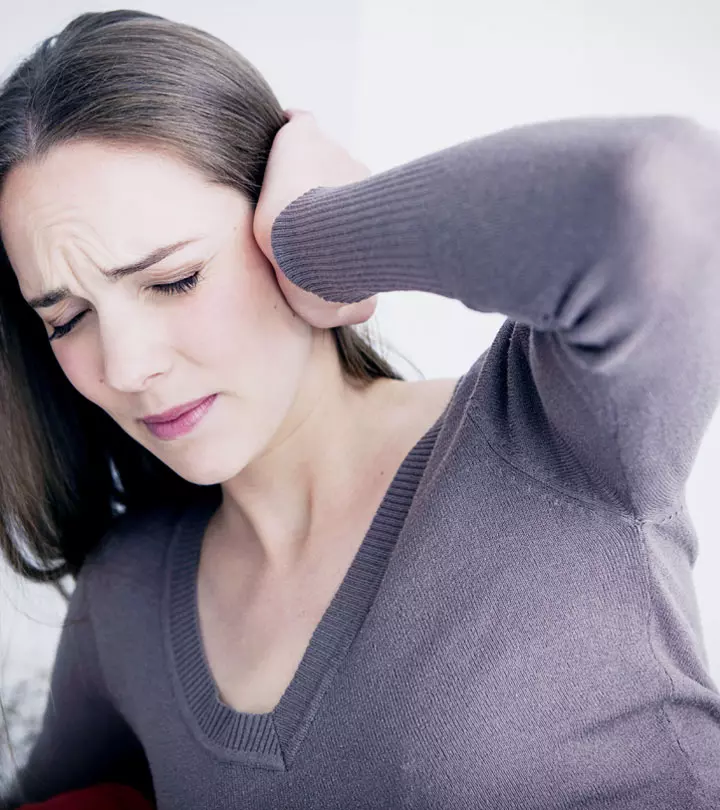
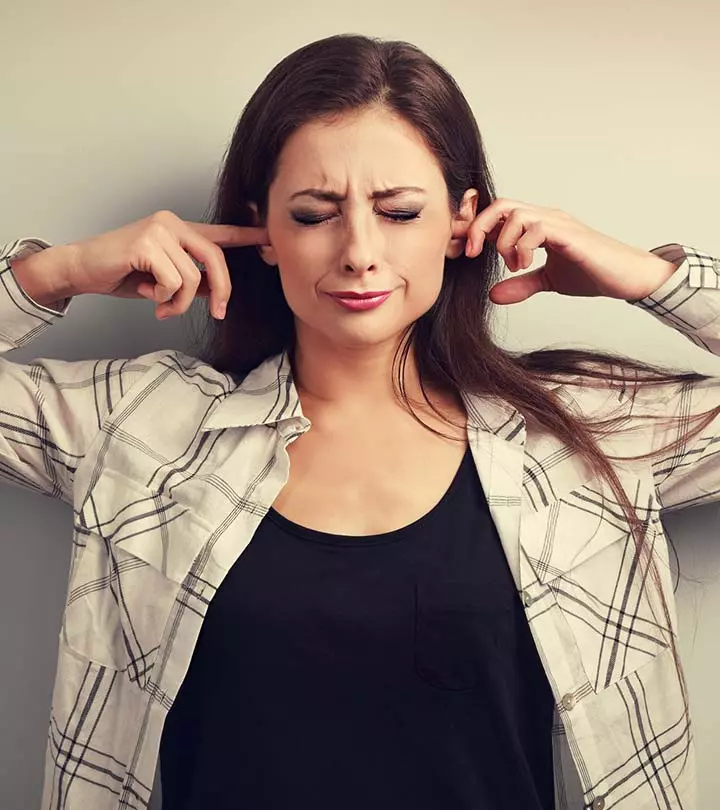

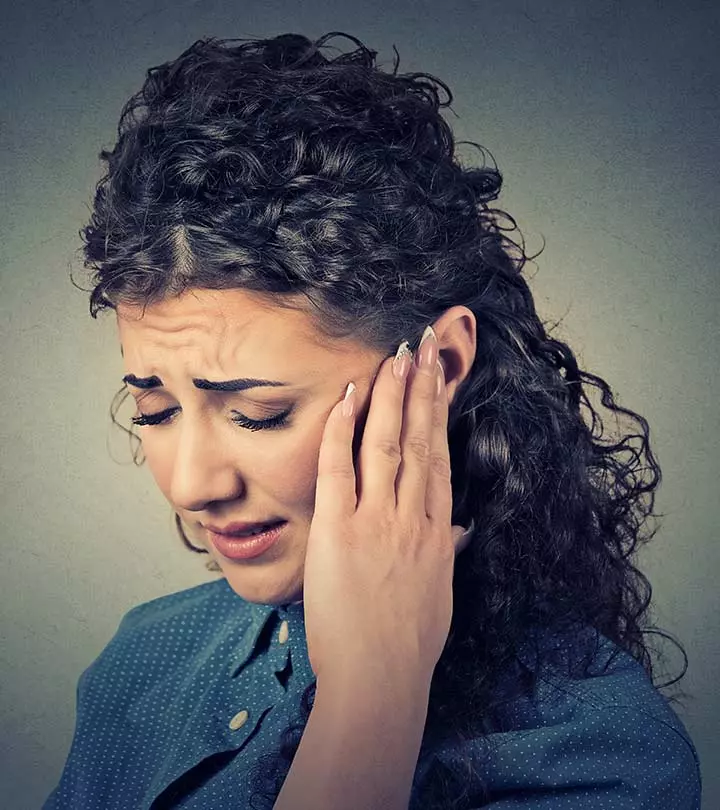
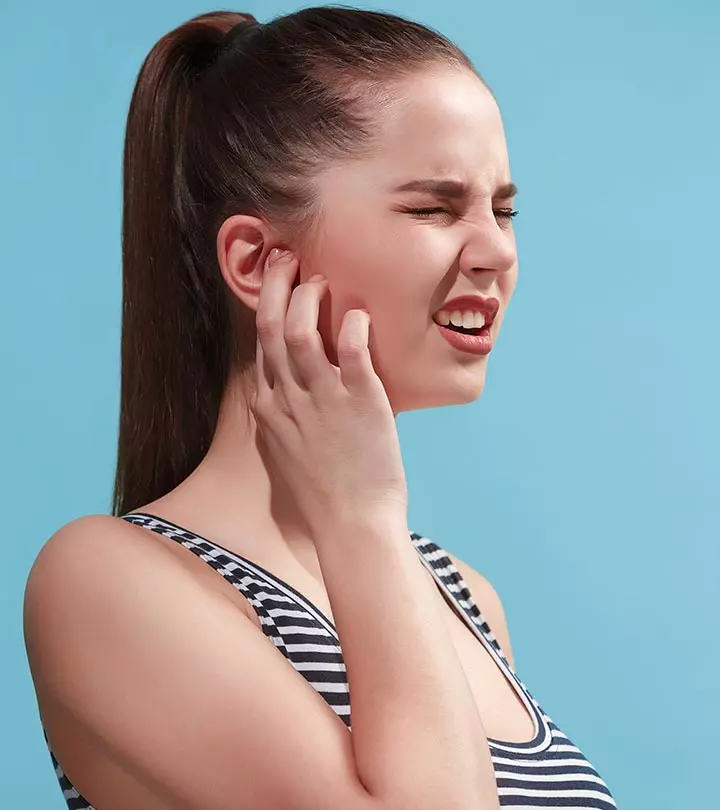
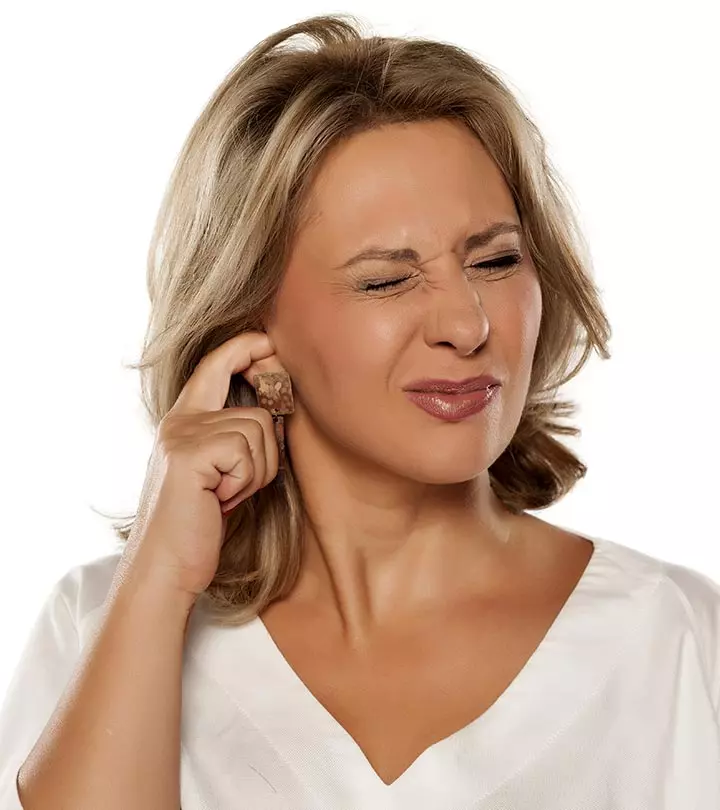
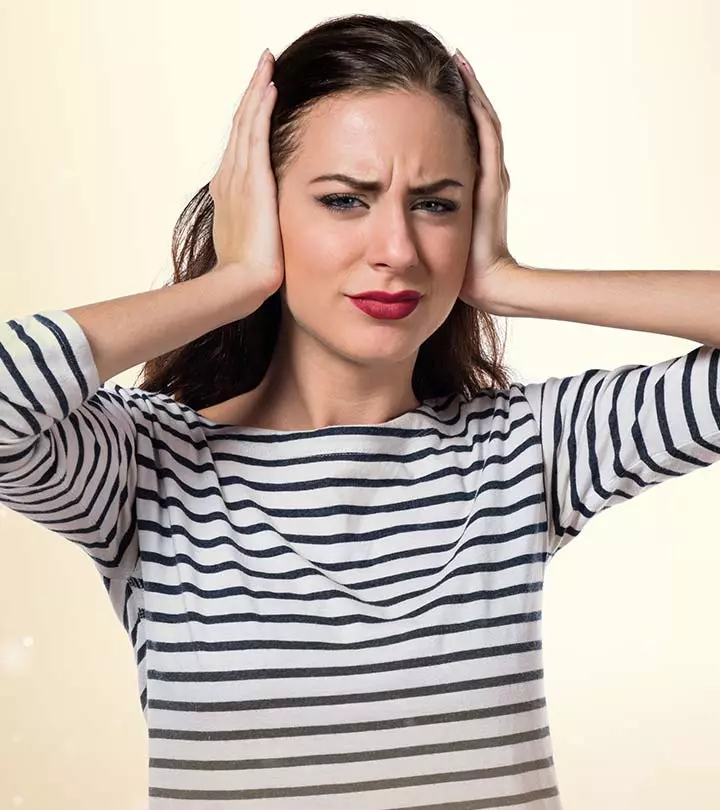


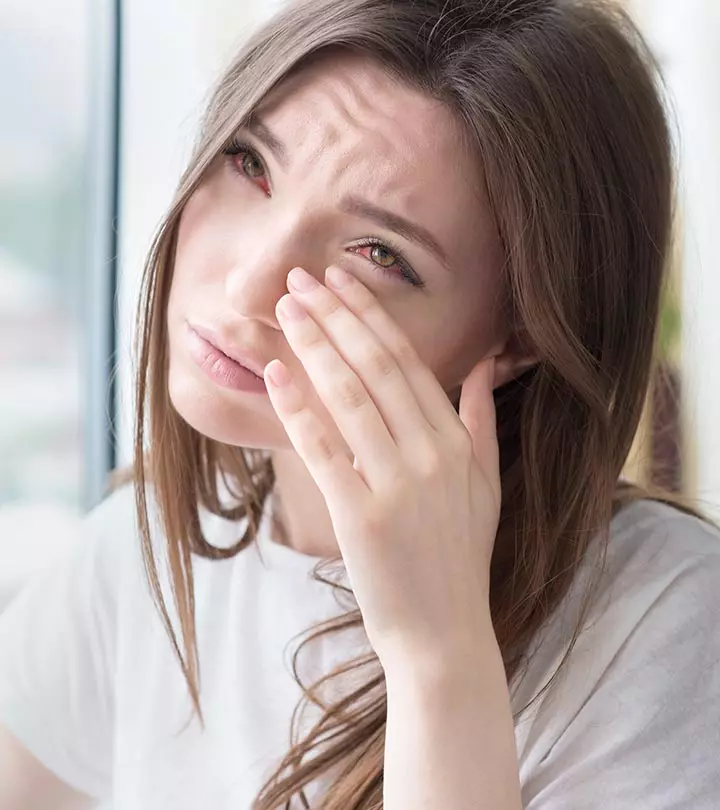
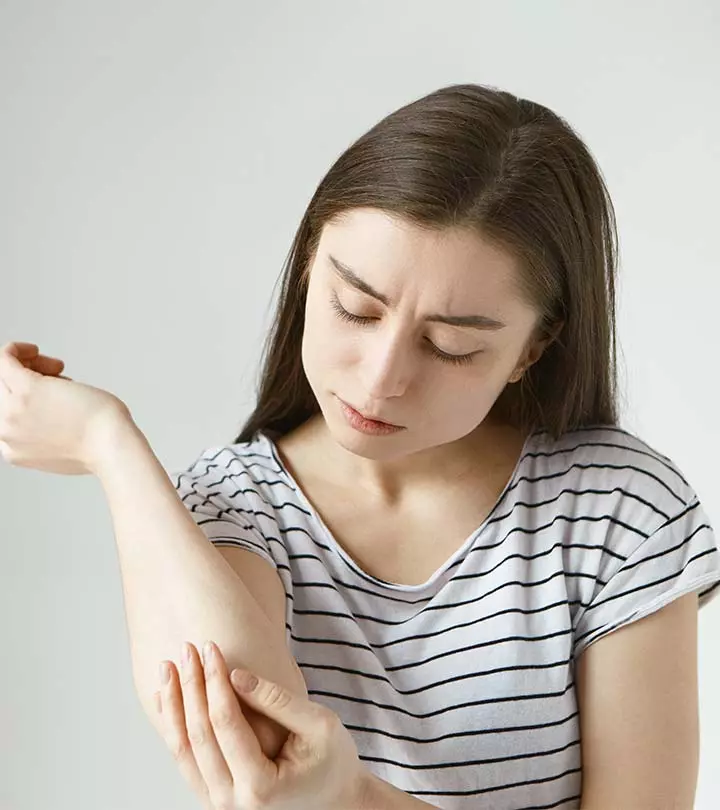


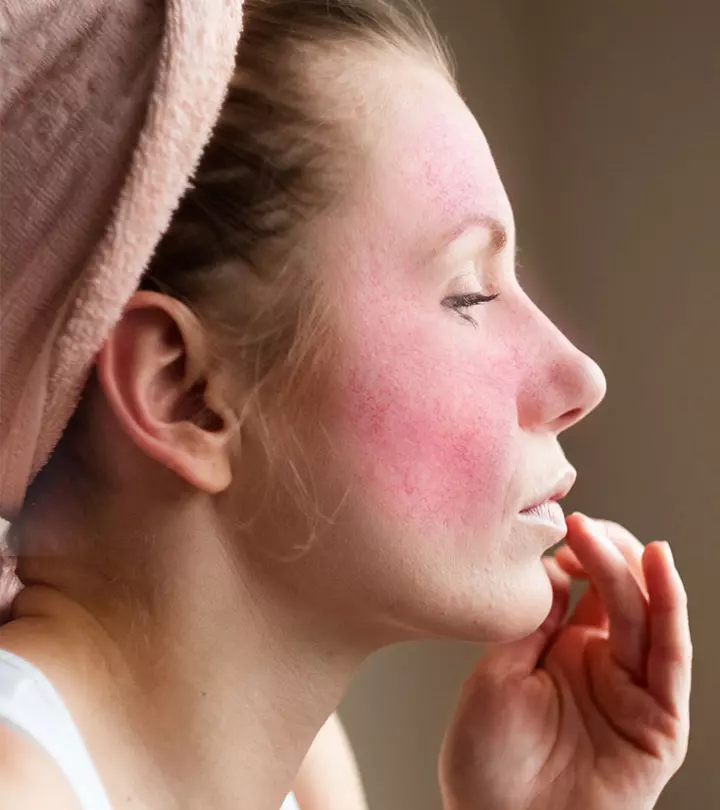

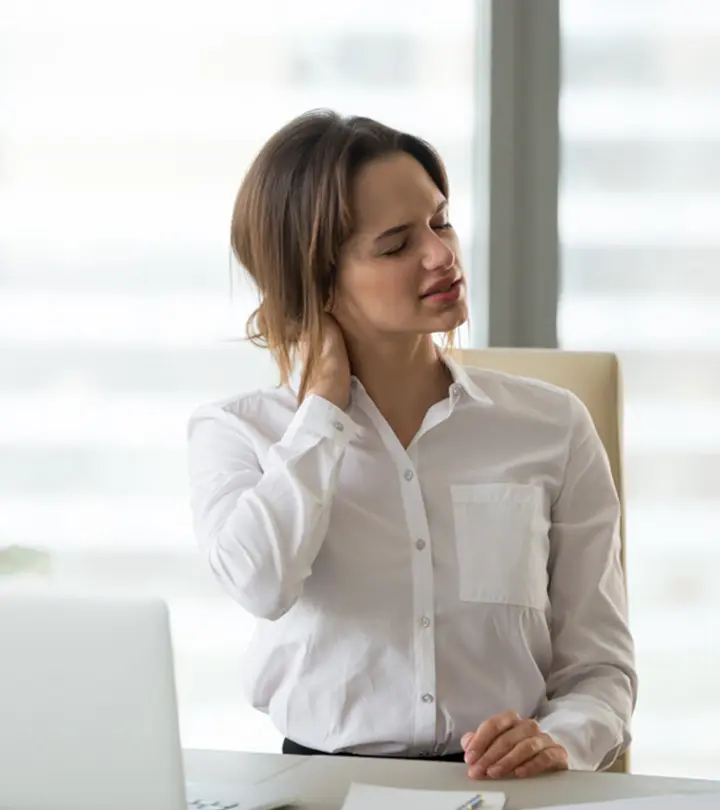
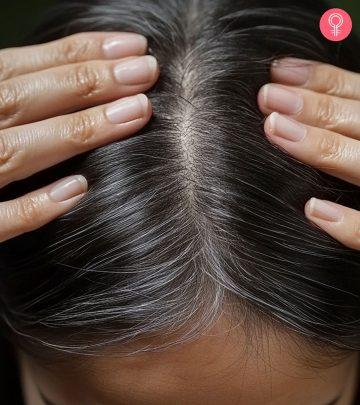
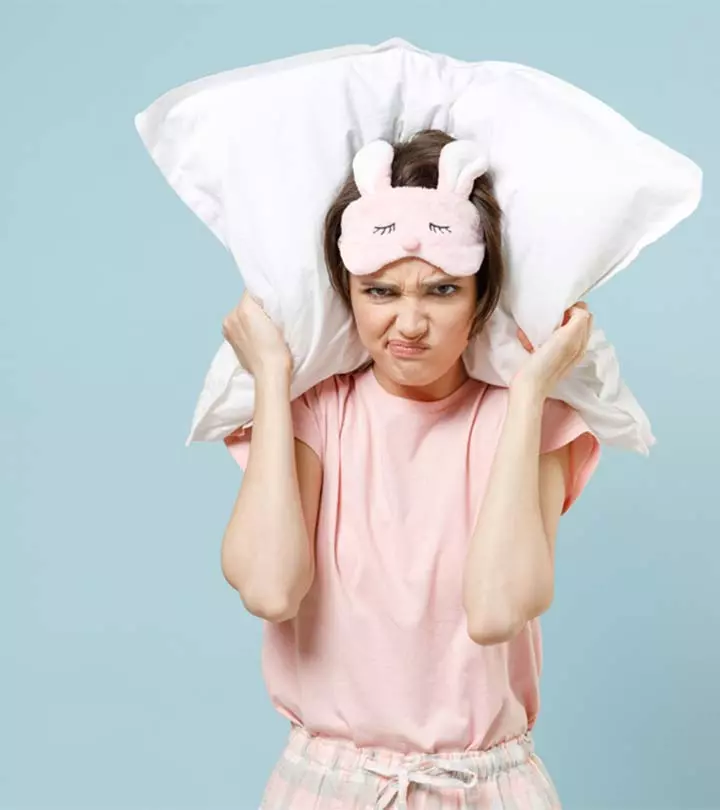
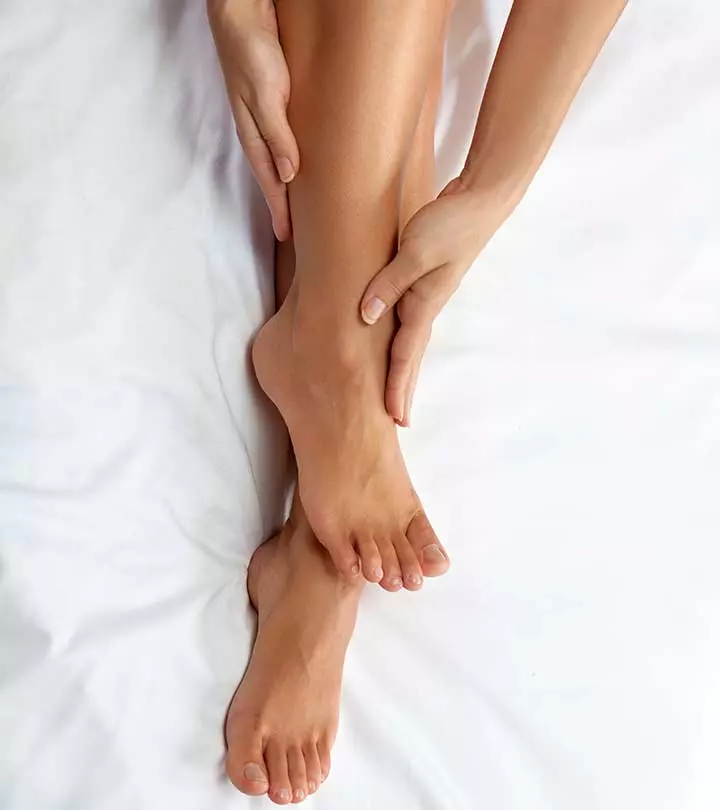
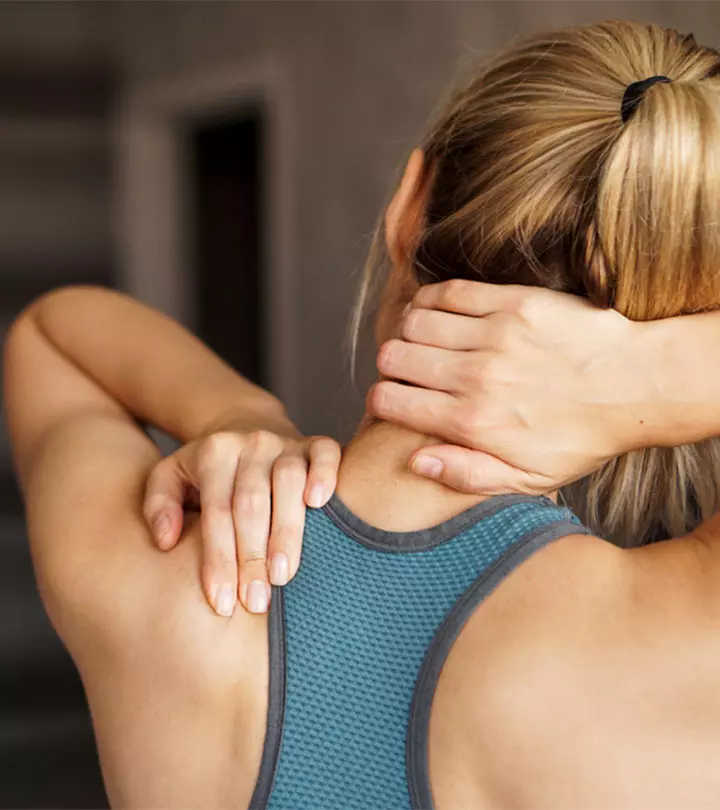

Community Experiences
Join the conversation and become a part of our empowering community! Share your stories, experiences, and insights to connect with other beauty, lifestyle, and health enthusiasts.